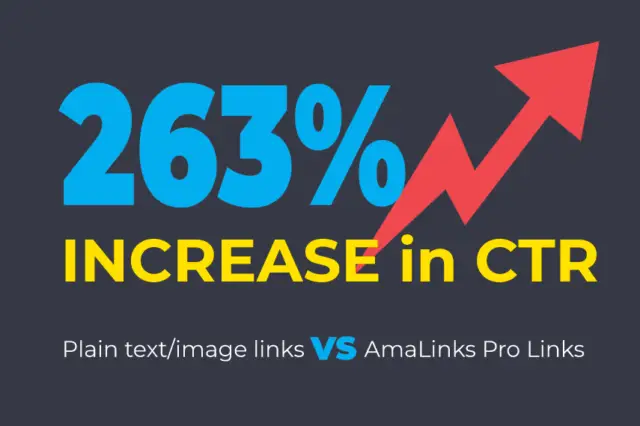
Learn about the Urban Decay affiliate program.
Urban decay refers to the process in which a previously functioning city, or a part of a city, falls into disrepair and decrepitude. It is characterized by features such as abandoned buildings, vacant lots, and crumbling infrastructure, such as roads and bridges. Other indicators of urban decay include increased crime rates, decreased economic activity, and depopulation. Over time, these elements combined can lead to a city or neighborhood losing its economic, social, and cultural vitality.
Background:
The phenomenon of urban decay can be traced back to various historical, social, economic, and political factors that have evolved over the decades.
- Industrialization and Deindustrialization: In the late 19th and early 20th centuries, the rise of industrialization led to the rapid growth of cities. Urban areas expanded as people migrated from rural to urban locales seeking employment opportunities. However, by the mid-20th century, a reverse trend began in many Western countries, primarily due to globalization. Industries moved to areas where labor was cheaper, leading to deindustrialization in previously thriving urban centers. This shift resulted in the loss of jobs, population decline, and consequently, urban decay.
- Suburbanization: Post World War II, there was a significant move towards suburbanization, especially in the United States. With improved transportation, particularly the car, and the development of interstate highways, living outside the urban core became more feasible and desirable. Suburbs offered larger homes, better schools, and a perception of safety. As a result, many middle and upper-class residents left the inner city, leading to a decrease in urban population, reduced property values, and the deterioration of urban infrastructure.
- Redlining and Discriminatory Policies: In the U.S., discriminatory housing policies such as redlining had a profound impact. Redlining involved lenders refusing to give mortgages in certain neighborhoods, often predominantly inhabited by people of color. This policy limited the resources available to these neighborhoods, impeding development, and leading to economic decline.
- Global Economic Shifts: With the increasing interconnectedness of the global economy, cities that once thrived due to specific industries found themselves struggling when those industries declined or relocated. A notable example is the Rust Belt in the United States, where cities that once boomed due to steel, coal, and manufacturing witnessed significant decay as the industries changed.
- Crime and Perception: As cities start to decline, they may experience an increase in crime rates, which in turn discourages businesses and affluent residents from staying or investing. The perception of crime, even if statistically unsupported, can lead to decreased property values, tourism, and economic activity, further fueling the cycle of decline.
- Infrastructure and Maintenance: Aging infrastructure can contribute to urban decay, especially when combined with decreased municipal revenues. With less money from taxes, particularly if the population and businesses decline, cities can struggle to maintain roads, bridges, public transport, and other essential services.
- Economic Disparity and Gentrification: Economic disparity can exacerbate urban decay. Wealthy areas of a city might continue to thrive while other sections deteriorate. This disparity can lead to gentrification, where affluent individuals move into deteriorating areas attracted by lower property values. While gentrification can lead to revitalization, it can also push out existing residents due to rising rents and living costs.
Consequences and Solutions:
The repercussions of urban decay are multifaceted. Aside from the visual deterioration and structural hazards of abandoned buildings, there are social consequences, such as increased crime rates, decreased educational opportunities, and reduced overall quality of life.
Addressing urban decay requires comprehensive strategies. Some potential solutions include:
- Urban Renewal Projects: These involve large-scale redevelopment projects, where dilapidated areas are demolished and replaced with new infrastructure. However, they must be approached carefully to avoid the negative consequences of displacing current residents.
- Economic Incentives: Governments can offer incentives for businesses to set up shop in decayed areas, potentially bringing jobs and economic revitalization.
- Community Engagement: Grassroots movements and community organizations can play a crucial role in revitalizing neighborhoods. By engaging residents in the process, solutions can be tailored to meet the unique needs and desires of the community.
- Policy Reforms: Revising or eliminating discriminatory or outdated policies, and ensuring more equitable distribution of resources, can help in addressing the root causes of urban decay.
Urban decay is a complex phenomenon with roots in historical, economic, and social factors. While its effects can be devastating to communities, a multifaceted approach that addresses both the symptoms and causes can lead to rejuvenation and revitalization.
Did you know that Urban Decay has an affiliate program?
Here is some basic information about what Urban Decay is all about. Check it out, and if you are interested there is a link below to access the Urban Decay affiliate program.

Miles Anthony Smith
Miles is a loving father of 3 adults, devoted husband of 24+ years, chief affiliate marketer at AmaLinks Pro®, author, entrepreneur, SEO consultant, keynote speaker, investor, & owner of businesses that generate affiliate + ad income (Loop King Laces, Why Stuff Sucks, & Kompelling Kars). He’s spent the past 3 decades growing revenues for other’s businesses as well as his own. Miles has an MBA from Oklahoma State and has been featured in Entrepreneur, the Brookings Institution, Wikipedia, GoDaddy, Search Engine Watch, Advertising Week, & Neil Patel.



